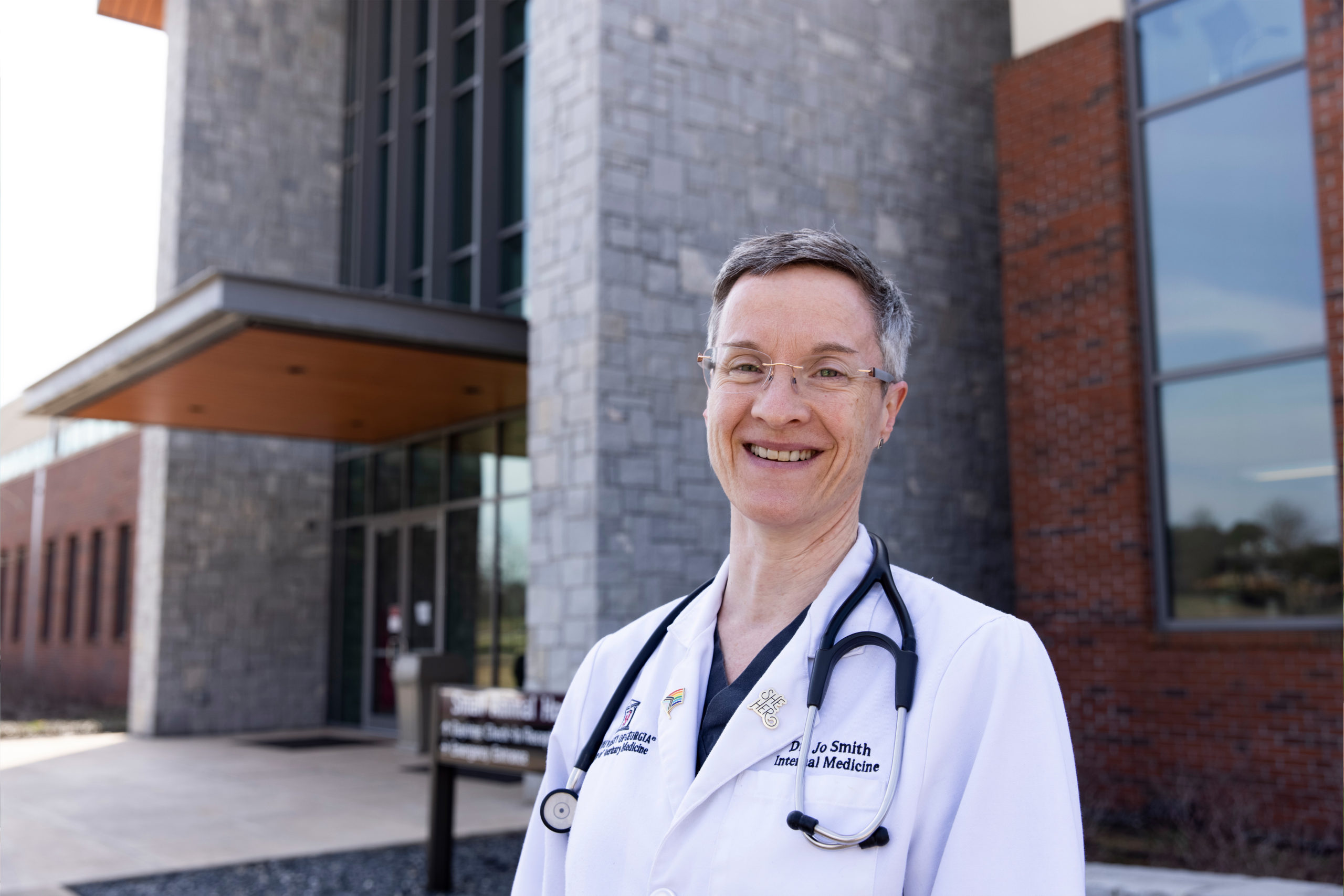Endoscopy refers to a procedure that allows visualization of structures and organs within the body without surgery. Endoscopy is performed using a scope that is composed of a flexible or rigid tube and a mini camera which both projects video to a television screen and allows us to record videos or still pictures.
Endoscopic procedures are named according to the organ system that is being investigated. Some examples include:
- Bronchoscopy – Investigation of the lower airways
- Cystoscopy – Investigation of the urinary tract and bladder
- Gastroscopy – Investigation of the stomach
- Enteroscopy – Investigation of the gastrointestinal tract (including stomach, small intestine, and colon)
- Rhinoscopy – Investigation of the nasal passages
Endoscopy is used as a diagnostic tool, both to see the insides of specific structures in the body, and also to obtain tissue, cell or fluid samples for further analysis. Furthermore, endoscopic procedures can be used to remove potentially obstructive objects from the nose, esophagus or stomach or to remove stones from the urinary bladder.
Endoscopy also has the advantage of evaluating regions of the body that were historically difficult to investigate surgically, including the nasal passages and lungs. Endoscopic procedures are commonly performed in the human medical field. In veterinary medicine, endoscopy is now being used for many procedures that once required more invasive surgery. Unlike these procedures in humans, endoscopic procedures in pets do require general anesthesia, as it is important that the animals are completely still for these procedures.
These procedures are minimally invasive, complications are rare, and they are generally associated with a shorter recovery time and less post-procedural discomfort.

